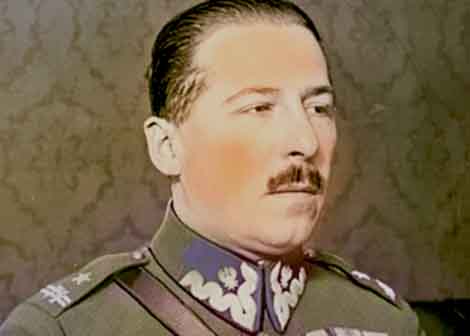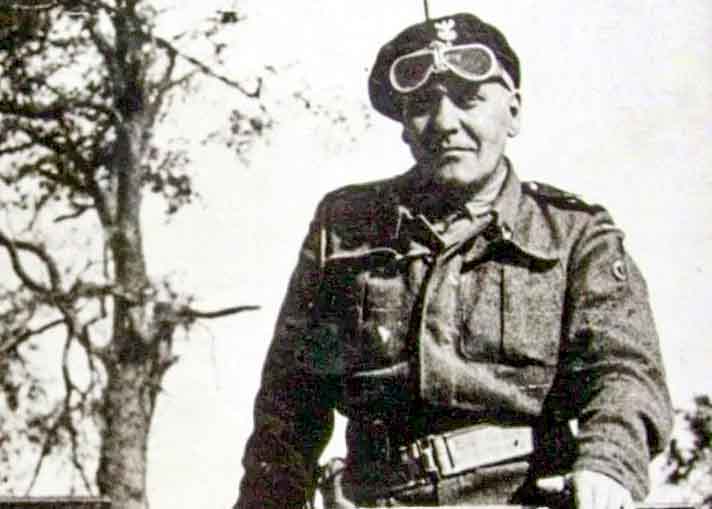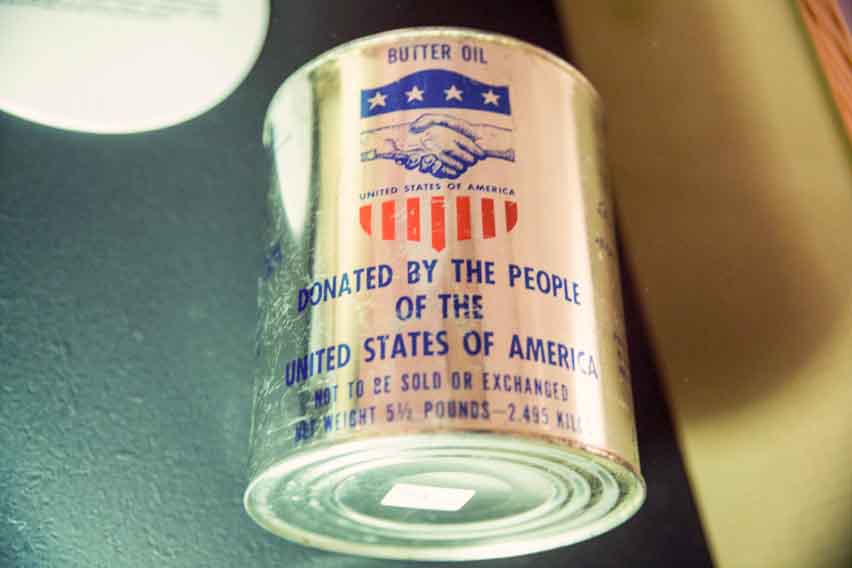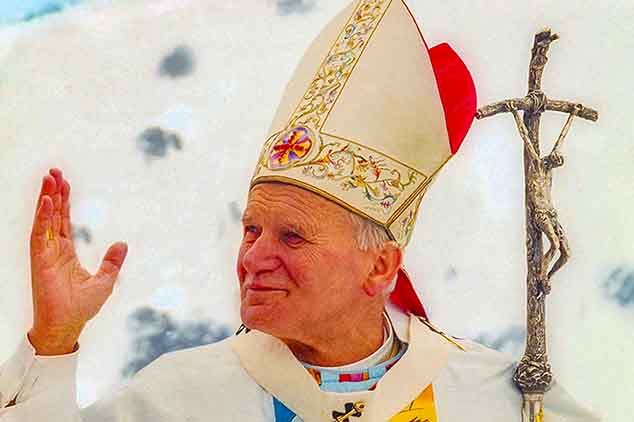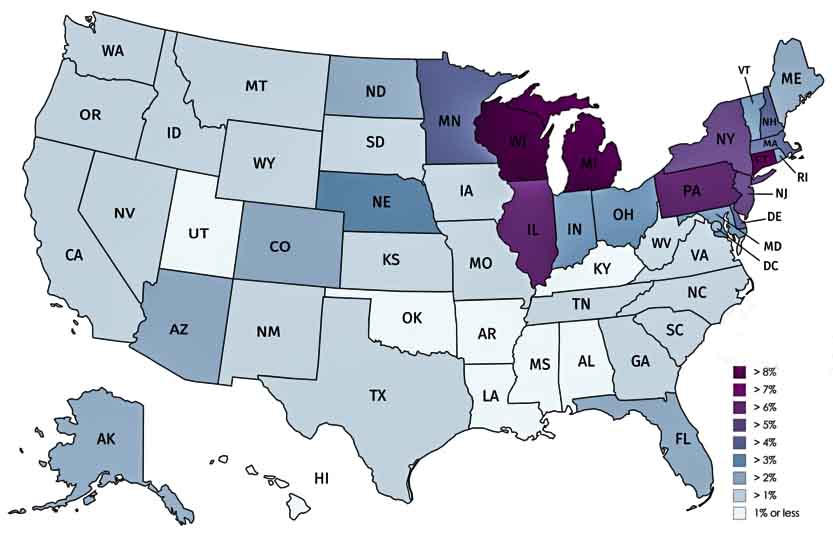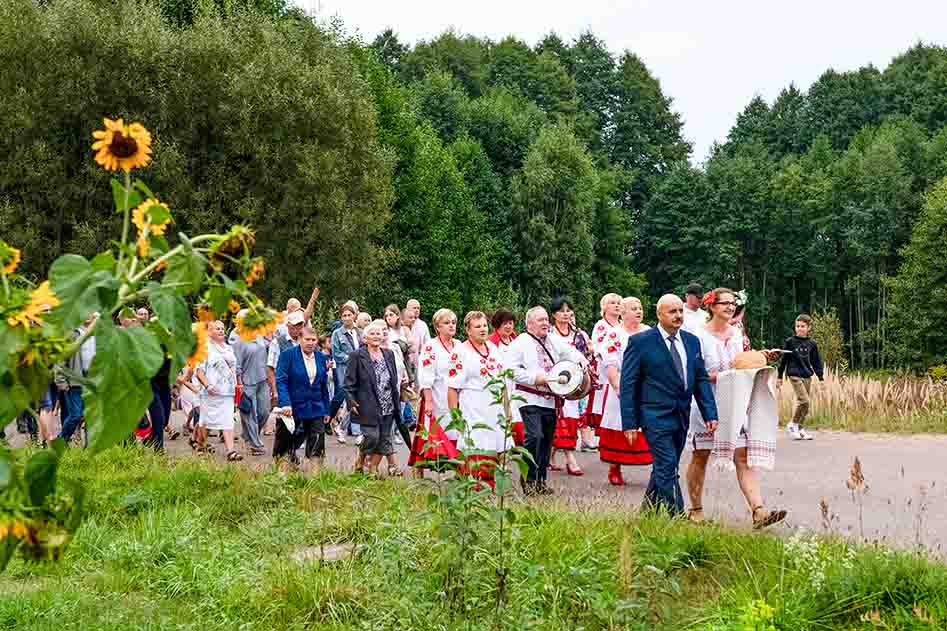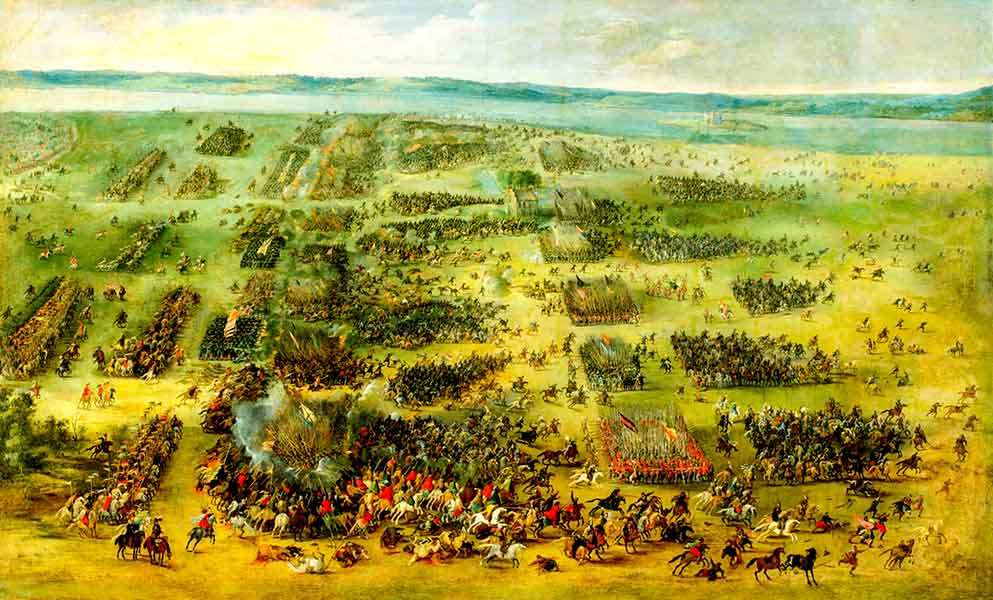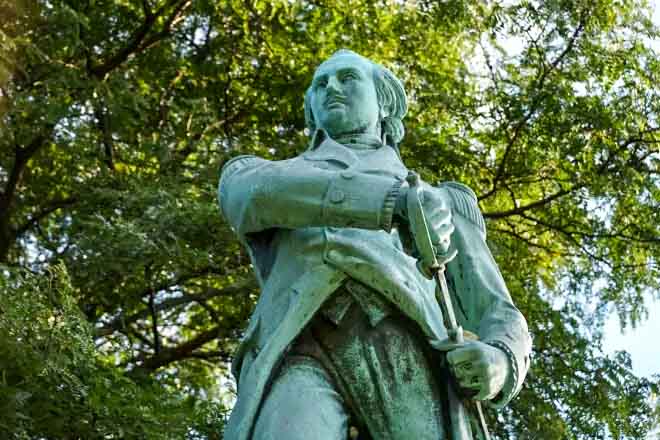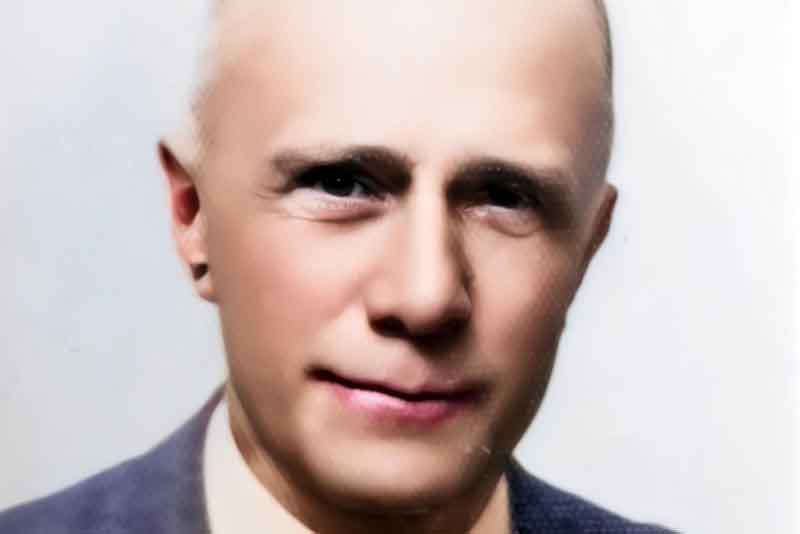In the shadow of the Battle of Warsaw, a silent hero was born – a chemist from Łódź who, instead of a gun, held a comb and a pencil. Thanks to him, Poland in 1920 knew more about the Red Army's movements than Tukhachevsky himself.
Read more... Reading time 12 min.The 1st Armored Division is one of the most distinguished and elite Polish military units fighting in World War II. Its commander, General Stanisław Maczek, ordered his soldiers to "fight hard and like knights."
Read more... Reading time 5 min.The Polish American community made a huge contribution to Poland's reconstruction after World War II. From the postwar aid efforts of the Polish American Council and UNRRA transports, through lobbying in Washington during the Cold War, to Poland's accession to NATO and assistance in the natural disasters of the 1990s.
Read more... Reading time 10 min.John Paul II quickly won the hearts of people around the world. And just as quickly, he became the terror of communist apparatchiks, who saw him as a deadly threat to their power.
Read more... Reading time 5 min.Today, when a real chance arises to restore the Polish diaspora to its rightful place, this opportunity cannot be wasted. It's time to break free from the burden of Magdalenka contracts and open Poland to people free from communist connections, full of energy, competence, and loyalty to their homeland.
Read more... Reading time 8 min.At the turn of August and September, farmers in Poland complete their grain harvest with a holiday known as the Harvest Festival. Over the centuries, the celebration's external features have changed, but its meaning remains constant. It is a thanksgiving for the harvest and a prayer for another successful year of work.
Read more... Reading time 5 min.420 years ago, on September 27, 1605, a battle took place around Kircholm, near Riga, which resulted in one of the most remarkable victories in the history of the Polish-Lithuanian Commonwealth. However, this success was not properly exploited.
Read more... Reading time 5 min.Ogrodzieniec Castle is undoubtedly one of the most important monuments not only in the Jura region but also in all of Poland. Its turbulent history has transformed the building over the centuries into a picturesque ruin, offering a beautiful view of the Kraków-Częstochowa Upland.
Read more... Reading time 5 min.Casimir Pulaski is a hero of "two continents," often called the "knight of freedom." He is a towering figure in the pantheon of the histories of the nations of Poland and the United States. His death on the battlefield also gave rise to another hero of both nations.
Read more... Reading time 10 min.In July 1945, two months after the end of World War II in Europe, in the Augustów Forest region, the Red Army, in cooperation with Polish security officers and soldiers of the "People's" Polish Army, carried out a military operation aimed at eliminating the independence underground operating in the area, which, among other things, defended the local population against Soviet terror.
Read more... Reading time 10 min.October 12 is the day when we remember the death of Czesław Białobrzeski – theoretical physicist, astrophysicist, philosopher of science, pioneer of modern stellar models, author of about a hundred scientific papers – but also an opportunity to reflect on which of his ideas and works remain alive today.
Read more... Reading time 9 min.Wojciech Materski
Although Russia has officially acknowledged the perpetration of the Katyn massacre, this truth is virtually absent from Russian historiography today. For it does not fit into the myth of the great victory of the war, any more than the Hitler-Stalin pact of 1939, the mass deportations, the enslavement of the Baltic republics, or the colossal scale of the Red Army's marauding in the final phase of the Second World War.
Read more...


